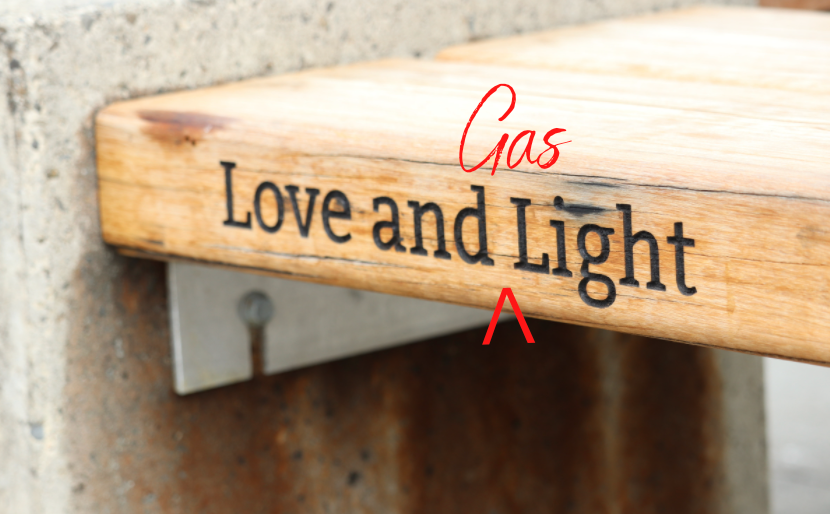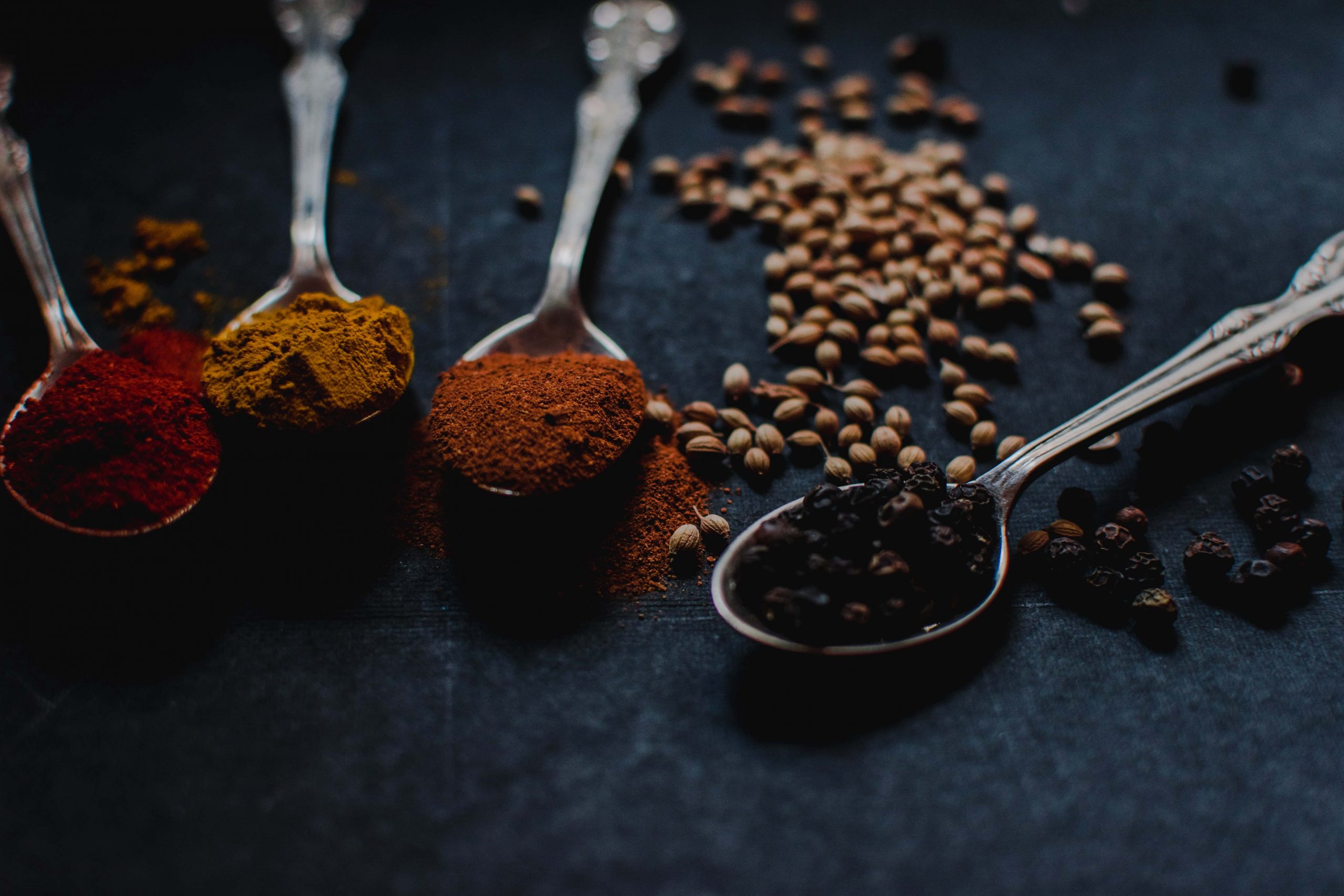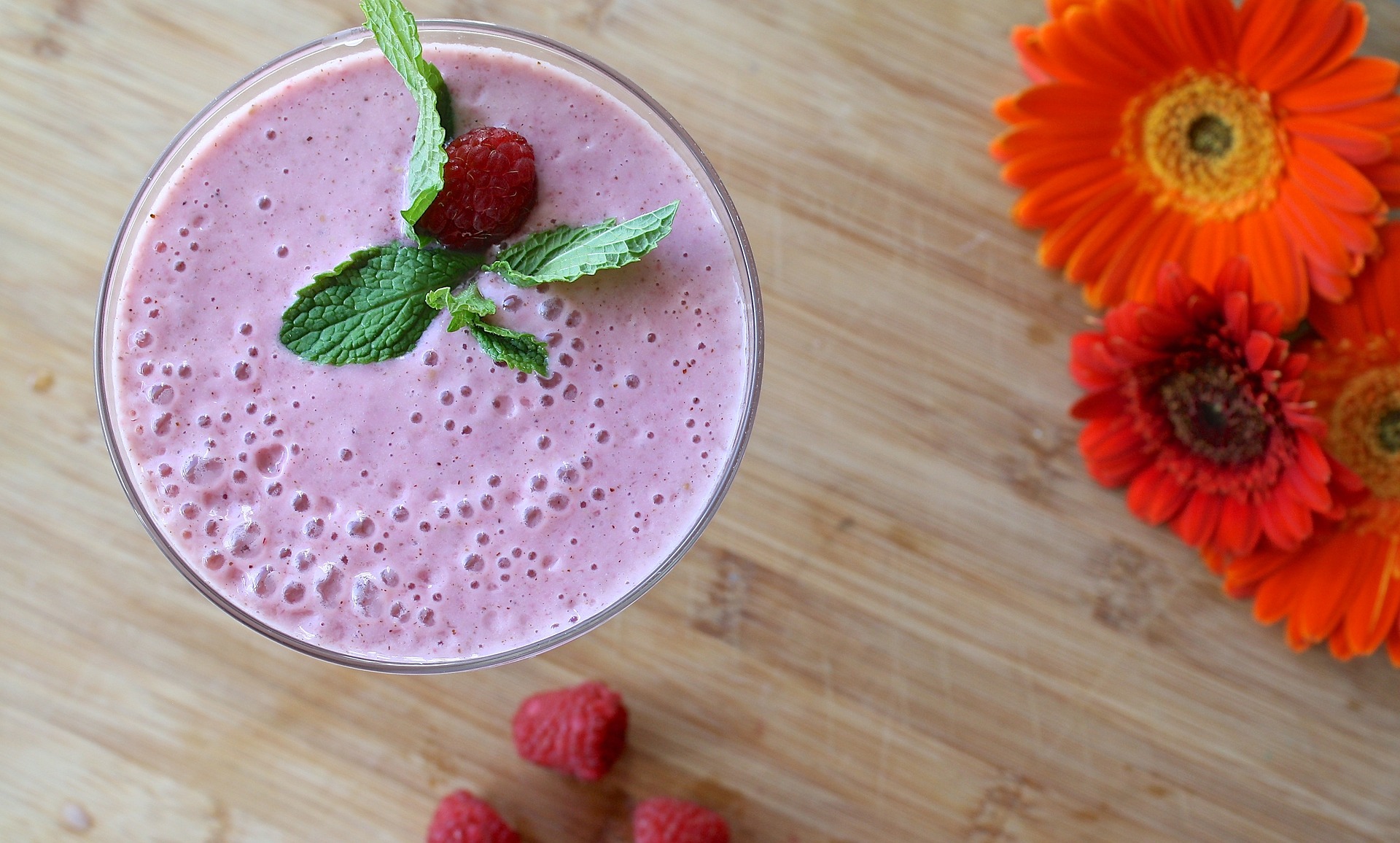We’ve all got that friend that when the shit has really hit the fan in our lives, whether it’s the breakdown of a relationship or a bad time at work…they are there with their unbridled positivity… ‘things are meant to happen for a reason’, ‘it will pass, give it time’. Those silver lining seekers. They are everywhere. And for full disclosure I know I have been one of those people at some point in my life with friends and family. Trying to ‘fix’ problems and come up with solutions with the desire to help someone you care about.
Let me just pause here and say that there is nothing wrong with being positive. Of course, there is not! However, being positive becomes problematic if it’s the only thing you hear.
Toxic positivity is the notion that we should only focus on positive emotions and the positive aspects of life. It’s the belief that if we ignore the difficult emotions and the parts of our life that aren’t working as well, we’ll be much happier.
You will often hear people within the wellness and yoga world preaching ‘Love and Light’ at every opportunity.
When people disclose that they are having a hard time with feelings of sadness or lack of motivation I have often heard ‘Write down all the things you are grateful for, it really changes your mindset’…or ‘You just need to think positively’…
Dr Susan David is a Clinical Psychologist and post Doctorate from Yale whose work on emotions spans over two decades. She is the author of the inspiring book Emotional Agility and lends her insight into why she calls ‘bullshit’ on this approach.
Dr David explains that when we are told to change the narrative and to think positively…we are taking ourselves away from living in the present. By turning the page on those real emotions, however messy they may be, we are not acknowledging that they are our reality.
When someone asks you to write a list of things to be ‘grateful’ for, what they are actually signalling is ‘my comfort is more important than dealing with your reality’.
Trying to impose happy thoughts on difficult ones, is nigh on impossible because it’s simply just not easy to turn off negative thoughts like a tap. The oversimplification of how we process emotions can be detrimental to our mental health.
Our consumer culture promotes the idea that we can control and fix most of the things that bother us, and that we should get rid of or replace the things we can’t. Unhappy in your relationship? Swipe right. Not productive enough? – download an app.
In studios and online, yoga instructors and wellness influencers try to fix unhappiness and dissatisfaction with inspirational quotes, ‘good vibes only’ and memes of the day. Sentiments of ‘Love and light’ in these spaces are not helpful and at worst can amount to spiritual bypassing and gaslighting
Rather than by-passing difficult emotions and thoughts, as yoga practitioners and educators we want to be able to provide a space where people can show up just as they are. We also need to understand the limitations of our training. The vast majority of Yoga teachers are neither counsellors nor therapists.
Fundamentally when someone is struggling with their emotions, we want to have those feelings acknowledged. Toxic positivity tells people that what they are feeling is somehow wrong. It can bring up feelings of guilt for not being able to think positively, further exacerbating a negative thought loop.
And lastly, but probably most detrimentally, it prevents growth. Avoiding thoughts and feelings that we may find painful to confront ultimately denies us the opportunity for self-study or Svādhyaya – one of the virtuous observances (Niyamas) in yoga.
In a world that says ‘be positive’ all the time, during the pandemic that has been tough. We have all felt scared, weary, confused. The act of surviving this pandemic has been mentally and physically exhausting and that’s without helpings of toxic productivity on top! Yes, I’m calling it out. You know the ones… those people who have learned a new skill, language etc and found themselves…I mean really?! Come on?! For most of us, self-study is incredibly difficult in normal circumstances let alone in the middle of a pandemic?!?
Covid has (rightly) induced feelings of fearfulness and anxiety. If we try to make ourselves live in a world of how we think it should be and we think we should feel things can start to get problematic. We are not living in the ‘should tense’. There is no such thing. We live in the present. This lack of being able to express and hold space for how we feel authentically, expressing our humanity as it is in its wholeness contributes to emotional fragility not resilience.
The truth is, our ‘negative’ emotions are there for a reason. Negativity is normal and is simply a part of the human condition, they are the signposts that allow us to understand ourselves better.
Now, before you rush to go and throw your gratitude journal on the fire…I’m not saying don’t journal, I’m saying, journal but it’s fine to also feel not ok AT THE SAME TIME. For example, I can feel fearful of the uncertainty that the pandemic brings, but I can also feel grateful for the quality time it’s given me with my kids. I can hold the emotions of fear and gratitude together, because they can and do coexist. There is no need to make a binary choice.
Toxic positivity can be seen in the yoga and wellness industry when we discuss social and racial justice, accessibility and equity in our spaces.
The toxic positivity peddler might say we shouldn’t get involved with those discussions as they are ‘too political’ or ‘negative’…you may even hear ‘we are all equal in yoga’ and the classic ‘discussions about [insert race, ability, gender, body size, age, socioeconomic status, religion here] just cause more division’
The truth is, unless we hold space for these difficult conversations, with compassion, we will never dismantle the systems that hold so many people back from participating and contributing fully in society. We lose the opportunity to learn from each other and understand diverse perspectives. Placing the burden on the identities that have been marginalised to remain positive isn’t helpful and doesn’t do anything to redress the systemic oppression that they face.
So, now that we know ‘staying positive’ doesn’t always help what can we do? And how can our yoga practice help?
- Start to see
What do I mean see? You’re going to say ‘I see people all the time?’ I mean see them. Really see them for their whole humanity. Recognise when someone is feeling low anxious and give them the space and time to feel all of those feelings. Without judgment. Without the need to fix it.
- Breathe
Deep breathing techniques can help when we feel low or anxious. By simply focusing on the natural cadence of the breath either as part of meditation or relaxation before rest can help bring us back into our centre
Nadi Sodhana or alternate nostril breathing is a wonderful way of calming and balancing the Parasympathetic and Sympathetic nervous systems. It can be done physically or simply by visualising the breath moving in and out of the nostrils.
- Journal
I told you not to bin the journal!! There is a place for it. It can be a way of recognising the whole range of emotions – not just things we should be grateful for. It can be used as a way of understanding the duality of our emotions and that whatever we feel, it is valid.
An example might be ‘I am anxious about restrictions being lifted post pandemic AND I’m also excited for the opportunity to see friends and socialise again’
- Self-Care
This doesn’t need to be an expensive massage or a spa day. Sometimes this can mean taking yourself off to bed an hour earlier, going for a walk, catching up with a friend or cooking your favourite meal. Self-care is the opposite of toxic positivity. Rather than an empty ‘stay positive’, this helps us by acting from a place where we can take meaningful action to look after our physical, mental and emotional health.
So, the next time you’re invited to ‘think positively’ or ‘grin and bear it’, allow yourself the time and space you need to recognise and sit with your feelings. May it serve as opportunity for us to see the light at the end of the tunnel…or at the very least, catch our breath until we have the strength to reach for it.





